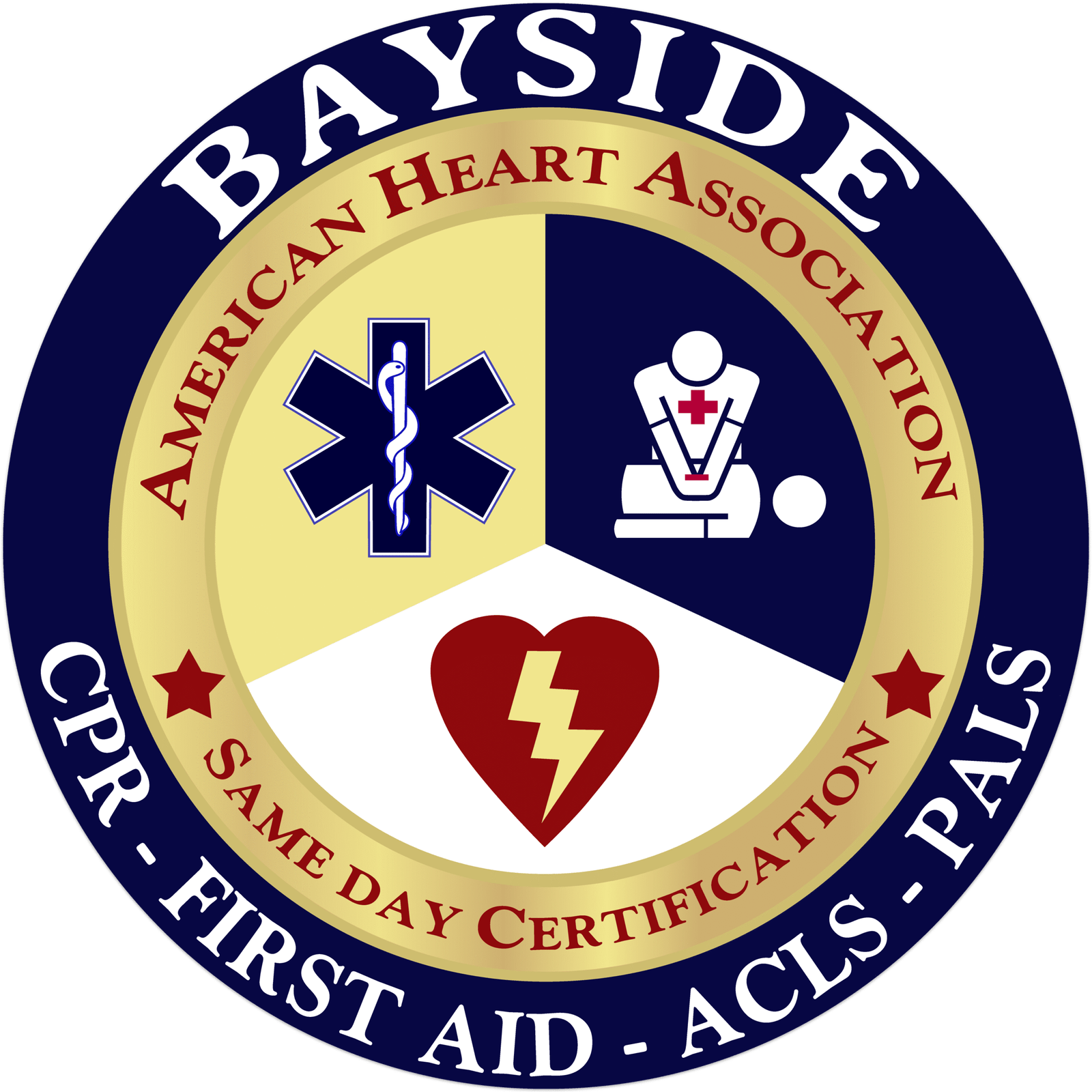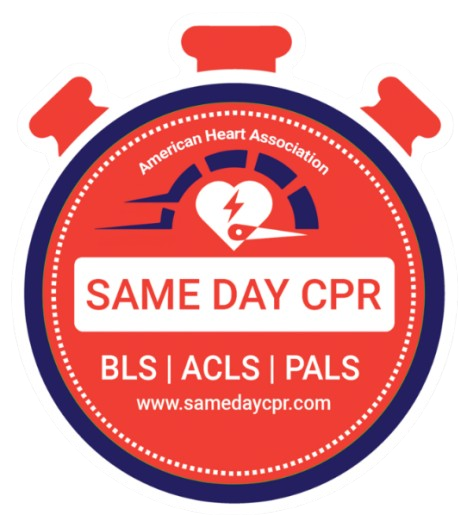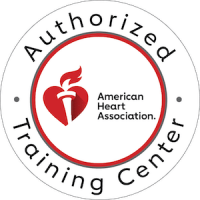
Author Archives: Kyle Hastings

Can You Use an AED on a Pregnant Woman?
When a person suddenly collapses and stops breathing, it’s a medical emergency called cardiac arrest. In such cases, using an AED (Automated External Defibrillator) can help restart the heart. But what happens if the person in cardiac arrest is pre...
Read More ›
Will You Be Charged If the Person You Administer CPR to...
If you ever find yourself performing CPR and the person doesn’t survive, you might worry about being charged or blamed. People often worry about legal trouble after a rescue, whether they are a bystander or a trained professional. In reality, most ...
Read More ›
How to Perform CPR for Electrocution Victims?
When someone gets electrocuted, it can be scary and overwhelming, but responding quickly can make a huge difference. Electricity can stop the heart, affect breathing, or cause serious injuries in seconds. First, keep yourself safe by ensuring the pow...
Read More ›
When Do You Stop Pushing on the Victim’s Chest During Hands-Only...
When someone suddenly collapses and stops breathing, it can feel overwhelming, but knowing what to do can make all the difference. Hands-only CPR is a simple, life-saving method that uses chest compressions without breaths to keep blood flowing to th...
Read More ›
Cardiac Massage: A Complete Guide to Life-Saving Techniques
When a person’s heart suddenly stops, every second counts. Cardiac massage, or manual chest compressions, is a vital skill that can keep someone alive until professional help arrives. Many believe saving a life is only for doctors, but anyone can m...
Read More ›
Why CPR Training Matters for Senior Caregivers?
As the senior population grows, more families depend on caregivers to support daily life, health needs, and safety at home or in care facilities. Caregivers not only provide comfort and stability but also play a vital role in recognizing warning sign...
Read More ›

